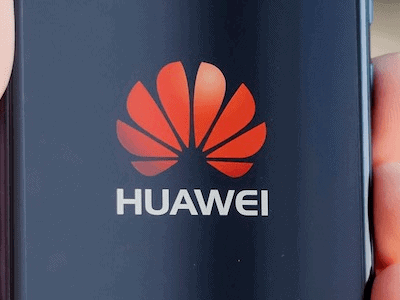Google Pixel Means No Activity on the Ground, But a Lot in Backyard for India
Share This Post
The much-awaited Google Pixel has been announced and the first reaction from a user’s perspective is—‘too little for too much’, especially in the context of an Indian user. As of today, very few brands enjoy strong loyalty in India in the Smartphone segment, and the consumers are becoming increasingly experimental when we talk about the choice of brands.
Though the brands have come a long way in increasing their acceptability by focusing on improving quality and the overall user experience, the users at the same time have become open towards new and emerging brands. In a recent report on Emerging brands published by CMR, we expect 1 of the 4 Smartphones sold in India from these emerging brands.
While Google is also an emerging brand in the Smartphone hardware space, yet, there is a lot of value for money options available for a potential buyer having better specifications. For now, that is the language a common buyer understands. A buyer understands and evaluates a Smartphone on the basis of its RAM, GBs, 3G/4G, screen size, battery capacity, etc. Looking at what Google Pixel offers with respect to these, there are several options already available in the market from other brands. So, we may assume Pixel from Google can’t fetch them those extra bucks it is expecting for this premium price tagged Smartphone.
So, on ground, I mean in the market, I don’t expect much activity around this Smartphone offering. As a brand also, we know what has been the market adoption of Google powered, Nexus series. There has been no advantage to any ODM making Nexus phones for Google and they never became mainstream, at least via Nexus.
Does all this mean, Pixel means nothing for India? Well the answer is a definite ‘NO’. While in the short term, it widens the range of brands available in top-end premium segment. The long term impact it has on the India market is that it sort of announces the end of a ‘Hardware’ era and the emergence of the ‘Software’ era for Smartphones. This is exactly what we had said in our expectations from 2016 report.
What Google has tried to emphasize through Pixel is that the future of Smartphones lies in Software and the intelligence capabilities that are added through a Software layer. Of course, there has to be the hardware to support that. But that does not take the centre stage.
For the India market, especially the Indian brands, this becomes an important development for which they have to align themselves. Although, proactively, I am aware many of these Indian brands are already building their Software capabilities, but those have mainly been on the application layer. Now this needs to go deeper at the design level.
Now the focus for Indian brands has to be on ramping up their design capabilities that could increase the domestic value add considerably and also add a layer of indigenization to the ‘Make in India’ initiative. From resources point of view, we have most of the capabilities available by way of third party design centres supporting the silicon industry world over. The capabilities are across wide spectrum of elements – RF, Power management, SoC, verification and validation, sensors, and a lot many components that play a vital role in not only making a Smartphone, but actually adding the smartness to it.
The need of the hour is to make a mobile ecosystem hub in India that looks across the elements from design to manufacturing to market. This should encompass all the requisite things from skills to manufacturing facilities, testing verification and certifications, and other critical blocks. A lot of this is happening, but perhaps in discrete and scattered way. The need is that we have a co-creative effort in this direction, under the leadership of industry bodies such as Indian Cellular Association that aims at building a Mobile Ecosystem Hub focusing at various elements from design to manufacture to market. As a result, we are likely to see a lot of startups emerging in the space, skill sets getting enabled within the country and of course the physical infrastructure and capacities being developed.
To conclude, Google Pixel may not catch the attention of the visible aspects of the value chain, like marketplace, it will definitely spur a series of activities at the backend to become future proof and future ready.












